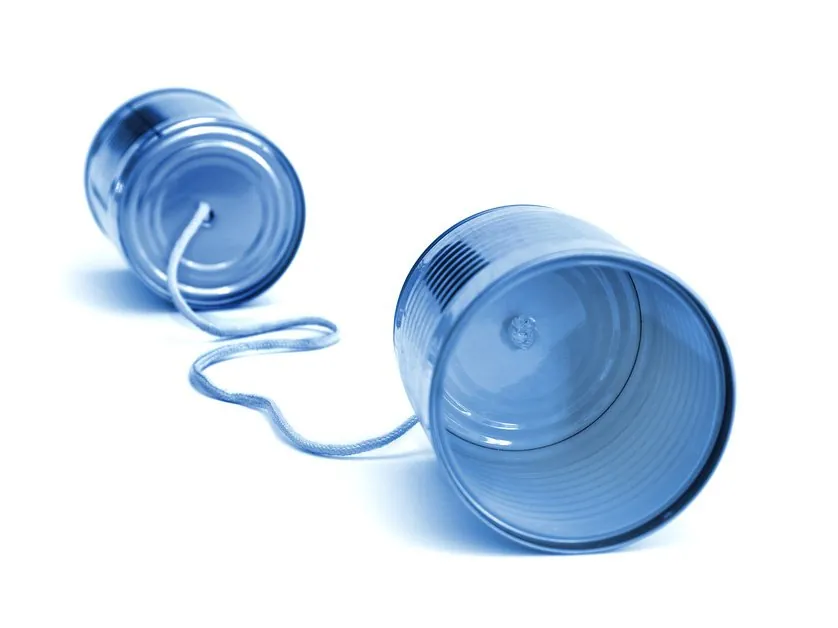Get to Know Your Customers’ Communication Preferences

Even in today’s digital world where we have multiple avenues and channels at our disposal to reach out to prospects and customers, in-person interactions with a human-to-human element haven’t lost any of their power. A face-to-face or over-the-phone meeting with a customer can be an incredibly effective way to create a connection and advance the sales process. Your tone, your presence, your inflection, and even your smile can carry a lot of weight and give you an edge over anything that is sent from your computer or smartphone. Likewise, you can read your customers better than you can through electronic communication, tuning into their mood, their sense of urgency, their laid-back approach, etc. For example, are they the type to spend time shooting the breeze, or do they want to bypass the chitchat and get right down to the matter at hand?
Unfortunately, there are times when reaching out in person or by phone are not viable options. Customers and prospects are strapped for time, they’re on the road a lot, or they live out most of their business life in meetings. Take into consideration the growing number of millennials you will do business with today and in the coming years, a generation that grew up with texting, social media, and the Internet, and you realize that it is not always possible to make a personal connection or sell the traditional way.
To be competitive in today’s rapidly changing sales world, you need to get to know your customer’s preferences. Otherwise, your connection could end up floating like debris in some littered-up quadrant of cyberspace. It’s ironic: We live in the gadget age, which means we can communicate all over the place now; yet too many modes of reaching out means the very tools that help us touch base can result in less communication, not more. It’s not just important that sales professionals drive the communication with customers; what also is crucial is the vehicle with which you get from point A to point B with them. How you get through to a customer needs to be given consideration on a client-by-client basis, and you need to know that sometimes even the phone doesn’t work well with certain clients.
Some Classic For-Examples
Meghan, a V.P. at Borg Technologies, is a decision-maker. She is rarely at her desk. If you want to get on her radar, voicemail isn’t really the way to go. As for email, well, her inbox has 5,000 unread emails. Her time is limited because everyone wants a piece of her. It’s not that she doesn’t care. She will get back to you. You just need to determine the best way to reach her. Her cell phone’s an appendage, practically; turns out, she’s a texter.
Steve, a product manager at Simi Valley Semiconductor, is on the road a lot, mostly to places like Malaysia, to visit the outsourced partner that manufactures their wafers. When Steve’s on the road, that’s a good time to shoot him an email, since he can’t make phone calls from the air but he might check his emails rather than listen to the bore beside him in business class who’s made a bundle in those tree-shaped air fresheners.
Bev, the regional manager at the shaving-technologies company Hair Today Gone Tomorrow, is your latest client. You’re well into a transaction with Bev when you realize you need something urgent from her. You leave a voicemail, but it goes unanswered for days. You pace around trying to think what the problem was. Did you not stress the urgency enough? Has Bev gone in another direction? Then it dawns on you. Oh yeah, she said she was going to be in an offsite for three days. Text or email would have been a better way to go.
What You Say Determines How You Say It
It behooves you to get to know your clients’ work habits and what mode of communication they like best for receiving and transmitting information, but what’s more, the mode of communication clients prefer might depend on the information that’s being communicated. John from the SaaS company you are working with, might not want proprietary information discussed in a text.
It’s All About the Customer
Now, you might prefer email over everything. But—no offense—what you like is insignificant when it comes to connecting with clients and prospects. It may be a lot to keep tabs on depending on your client list, but you must track each customers’ communication preference.
Like we said, phone and in-person will always be your most effective options—and that will never change in this ever-changing world. But if your choices are limited to electronic communications, find out what mode of virtual connection works best for your clients and prospects—and allow for flexibility in that, depending on customers’ schedules. It might be obvious what they prefer. When it’s not, simply ask—and hope you’re asking with a mode of communication that will actually reach them.

- Account Planning (11)
- Awards (49)
- Client Testimonial (37)
- Personal Branding (19)
- Podcast (11)
- Research (70)
- Sales Career Development (87)
- Sales Coaching (156)
- Sales Consulting (137)
- Sales Culture (170)
- Sales Enablement (354)
- Sales Leadership (109)
- Sales Management (248)
- Sales Negotiation (16)
- Sales Prospecting (125)
- Sales Role-Playing (18)
- Sales Training (235)
- Selling Strategies (263)
- Soft Skills (70)
- Talent Management (94)
- Trusted Advisor (27)
- Virtual Selling (49)
- Webinar (9)


























